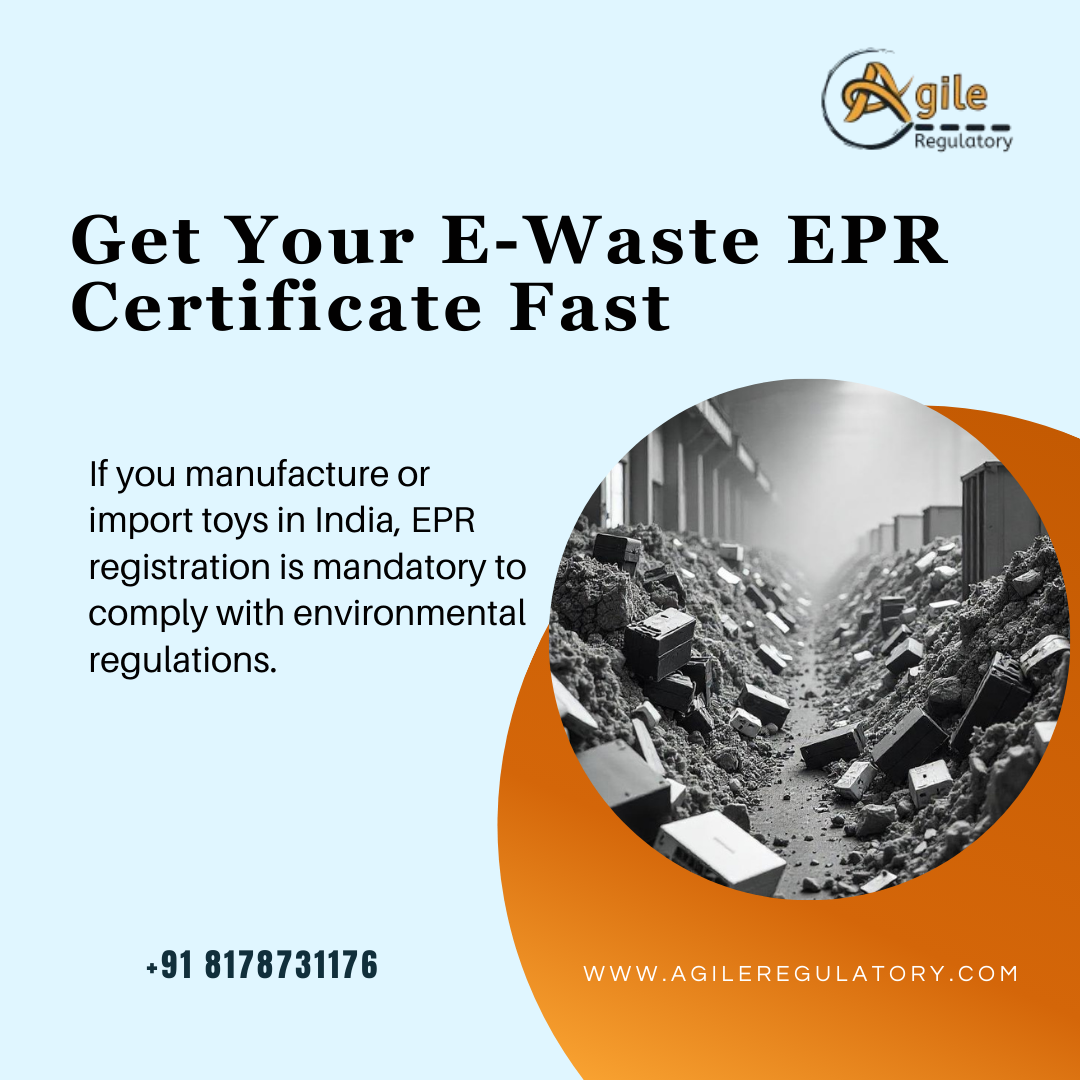-
Новости
- ИССЛЕДОВАТЬ
-
Страницы
-
Группы
-
Мероприятия
-
Статьи пользователей
-
Marketplace
-
Offers
-
Jobs
-
Форумы
Navigating the Circular Economy: A Smarter Path to Sustainability

In recent years, the concept of a circular economy has emerged as a powerful alternative to the traditional “take-make-dispose” model that has long dominated our global production and consumption systems. At its core, the circular economy is about designing out waste, keeping products and materials in use for as long as possible, and regenerating natural systems. It’s a shift from linear thinking to a more sustainable, regenerative approach—one that benefits businesses, consumers, and the environment alike.
What Is the Circular Economy?
The circular economy is built around three fundamental principles: eliminating waste and pollution, circulating products and materials, and regenerating nature. Rather than extracting raw materials, using them briefly, and discarding them, the circular model encourages rethinking how products are designed, used, and recovered. This includes practices like reusing, repairing, refurbishing, remanufacturing, and recycling.
It’s not just about recycling—it’s about rethinking the entire lifecycle of a product, right from design to disposal. Circular design considers durability, modularity, and recyclability from the start, reducing the need for virgin materials and minimizing environmental impact.
Why It Matters Now
With growing concerns around climate change, resource scarcity, and the ever-increasing pressure on waste management systems, the circular economy offers a viable and much-needed solution. According to the Ellen MacArthur Foundation, transitioning to a circular economy could reduce global greenhouse gas emissions by 45% by 2050. Moreover, it fosters innovation, creates jobs, and strengthens supply chain resilience by reducing dependence on finite resources.
For businesses, embracing circular practices is not just a moral responsibility—it’s becoming a competitive advantage. Consumers are increasingly favoring brands that align with sustainability goals. Governments are also introducing stricter environmental regulations, making it essential for companies to stay ahead of the curve.
The Role of Policy and Regulation
To support the transition, many countries have started to implement laws and frameworks that promote circularity. One of the most prominent policy tools is Extended Producer Responsibility (EPR), which places the onus on producers to manage the end-of-life disposal of their products. This not only reduces the burden on public waste systems but also incentivizes companies to design more sustainable products.
In India, EPR has gained significant momentum, particularly in sectors like electronic waste, plastic packaging, and battery waste. By enforcing producer accountability, the government is actively pushing industries toward circular practices.
Enabling EPR for Electronic Waste with Agile Regulatory
One of the key focus areas in India’s circular economy push is electronic waste, driven by the massive growth in consumer electronics. Under the E-Waste Management Rules, companies manufacturing or selling electronic products are required to obtain an EPR Authorization from the Central Pollution Control Board (CPCB). Agile Regulatory simplifies this process for businesses by offering end-to-end consulting services—from documentation, CPCB portal submission, and coordination with PROs (Producer Responsibility Organizations) to ensuring annual returns are filed on time. By helping businesses comply with EPR norms for e-waste, Agile Regulatory not only facilitates legal compliance but also supports their journey toward environmental responsibility and a circular future.
The Way Forward
Transitioning to a circular economy won’t happen overnight. It requires systemic change across industries, governments, and consumers. However, the benefits are clear—reduced environmental impact, long-term economic resilience, and a more equitable distribution of resources.
Businesses must lead this change by integrating sustainability into their operations, rethinking product design, and embracing circular business models like product-as-a-service, leasing, and buy-back programs. Policymakers must create enabling frameworks, incentivize sustainable innovation, and ensure strict enforcement of regulations like EPR. Meanwhile, consumers can drive demand for circular products through conscious purchasing decisions.
In the end, the circular economy isn't just an environmental initiative—it's a smarter, more sustainable way to do business in the 21st century. And with the right support from experts like Agile Regulatory, companies can navigate this transition smoothly and responsibly.
We are excited to announce the **launch of the Sharkbow Marketplace!** 🎉 Now you can:
- 🛍️ List and sell your products – Open your own store easily.
- 📦 Manage orders effortlessly – Track sales and communicate with buyers.
- 🚀 Reach thousands of buyers – Expand your business with ease.
Start selling today and grow your online business on Sharkbow! 🛒
Open Your Store 🚀 ✖🚀 What Can You Do on Sharkbow?
Sharkbow.com gives you endless possibilities! Explore these powerful features and start creating today:
- 📝 Create Posts – Share your thoughts with the world.
- 🎬 Create Reels – Short videos that capture big moments.
- 📺 Create Watch Videos – Upload long-form content for your audience.
- 📝 Write Blogs – Share stories, insights, and experiences.
- 🛍️ Sell Products – Launch and manage your online store.
- 📣 Create Pages – Build your brand, business, or project.
- 🎉 Create Events – Plan and promote your upcoming events.
- 👥 Create Groups – Connect and build communities.
- ⏳ Create Stories – Share 24-hour disappearing updates.
Join Sharkbow today and make the most out of these features! 🚀
Start Creating Now 🚀- Art
- Causes
- Crafts
- Dance
- Drinks
- Film
- Fitness
- Food
- Игры
- Gardening
- Health
- Главная
- Literature
- Music
- Networking
- Другое
- Party
- Religion
- Shopping
- Sports
- Theater
- Wellness
